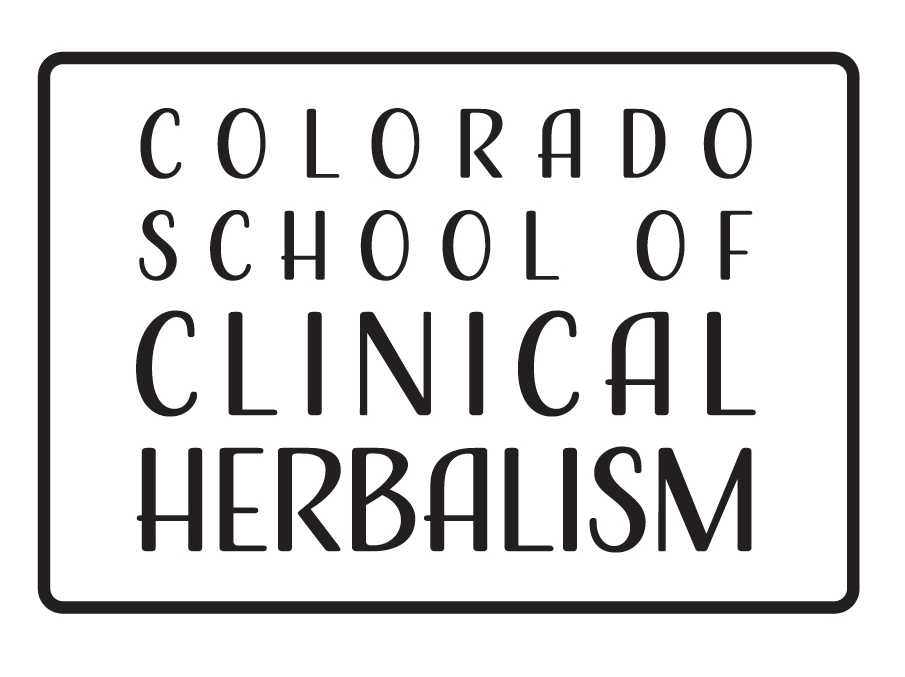Author: Michelle Mauroff, PharmD, Herbalist
According to the 2012 national health statistics report, over 33% of adults in the US utilize complementary health approaches, including herbal medicine.1 High variability rates and market watch data indicate that not only is this percentage under reported, but the use of herbal medicine is only likely to increase in the years to come.2,3 Evidence of the use of medicinal plants can be traced back 60,000 years ago to Neanderthal tombs in Iraq and recorded use as early as the development of written language. This suggest to us that traditional herbal medicine is an “inseparable component of human history through thousands of years of trial and error on human subjects.”4 With that said, I often hear a lot of myths and misinformation surrounding the use of herbal medicine. My aim for this article is to clear some of the confusion so we can safely and effectively incorporate herbalism into our modern system.
To understand herbalism, it is important to understand how it differentiates from modern western medicine. First, it’s important to note that 59% of the US Pharmacopeia listings in the year 1890 were herbal products and over one third of currently used medications are derived from plants.5 Since 1930, the number of plant based molecular entities seeking FDA review continues to decrease.6 Semi-synthetic and synthetic derivatives of natural products take dominance because less effort is needed to isolate and review the individual plant parts. This is one of the main differences to note between pharmaceutical products and herbal medicine. Drug therapy typically consist of one single potent chemical entity that is introduced to the body to exert its chemical action while one whole-plant herb can have thousands of chemical entities. This makes it difficult for scientist to pinpoint and isolate chemical constituents in herbs for their affect.
Most of us are familiar with the drug aspirin, but did you know that aspirin was originally derived from the herb Filipendula ulmaria, also known as Meadowsweet? In the year 1838, salicylic acid was first extracted from Meadowsweet and used to treat pain. Unlike the whole plant, when used at recommended dosages, this new plant extract had side effects that made it unbearable to use. In 1897, it was chemically altered to acetylsalicylic acid, which reduced the side effects and became what is still one of our most commonly used drugs to date.7 We see this phenomenon often with herbs—using the whole plant at recommended dosages does not produce the side effects we see when using isolated plant extracts.
Another important aspect when comparing western medicine to the practice of herbal medicine is understanding what it means to have an allopathic approach. Allopathy is a treatment method that aims to produce different effects than those that are caused by a disease.8,9 Western medicine mostly follows an allopathic approach and aims to achieve therapeutic effects by minimizing symptoms of disease. This is often done without effecting the disease itself but rather altering a specific location along the disease pathway. For instance, ACE inhibitors used in hypertension block an enzyme that would otherwise cause vasoconstriction and an increase in blood pressure.10 Thus, if the medication were discontinued, the disease process would continue as the root cause of the hypertension has not been addressed. While those practicing herbalism may also take an allopathic approach, many herbalists aim to uncover the root of dis-ease and gently support the body towards harmony while working to remove the root cause. Herbalists utilize herbs, nutrition, and other non-herbal practices to manage stress, support liver detoxification, and nourish tissues. These are just a few of the ways that herbs support us and our modern medicine does not. Herbalists also utilize energetics to differentiate between hot, cold, dry, and moist in both the herb and their client to guide wellness strategies because no two people are alike.
Herbalists often rely on empirical data to make recommendations. This means they utilize herbs based on past experiences without scientific proof. Even though there are centuries of recorded use, dosages, formulations, and effects there are not many modern clinical trials to support the use of herbs in our current system. Herbalists incorporate knowledge gained through clinical trials into practice, however this information is limited in comparison to pharmaceuticals. Some of these limitations of clinical trials for herbs include small number of human trials, small sample size, uncontrolled demographics, co-morbidities, variability in the form of herb or herb extracts used, variability in dosage, dosages well above recommended range, publisher bias, and more.
Western medicine practitioners rely on clinical practice guidelines to assist in their decision making. These guidelines are not fixed and ever changing as new information emerges and they must be followed.11 There are both pros and cons to these guidelines. A pro of clinical guidelines is that they are based on systemic reviews of published medical literature and aim to provide patients with the most up-to-date safe and efficacious treatment plans. They protect patients from receiving ineffective or harmful treatments. A con to clinical guidelines is that the entire population is grouped into a box and objectified down into a decision tree. Medical doctors are not allowed to recommend treatment modalities that are not included in the guidelines or do not have valid proof of efficacy and safety in that indication. While this does serve to protect us, it is important to keep in mind that clinical testing is very expensive and most of the pharmaceutical products proven effective are funded by the pharmaceutical companies themselves. Thus, pharmaceutical companies play a huge role in shaping how we medically approach disease. It is also important to keep in mind that despite first-line therapies including things such as “prescribed lifestyle modifications” or “initial treatment should focus on identification and removal of offending agent,” often times doctors go straight to prescription medications leaving clients to figure out modifying their lifestyle and discovering the root cause on their own.12 This is an area herbalist can really be helpful in supporting care.
It is really important to seek out a qualified herbalist when dealing with healthcare management. Ideally, an herbalist would work in conjunction and in communication with doctors to optimize care. Often times, doctors do not have much time to sit and talk with their patients while herbalists have more time to ask questions and uncover sources of dis-ease with their clients. They can help guide herbal therapy to avoid potential herb-drug or herb-disease interactions. They can also guide clients to find reputable supplements. The natural products and dietary supplement industry is not regulated by the FDA, and often contains mislabeled, misbranded, or adulterated products. Herbalists can help guide their clients in choosing quality and safe products and brands as well as quality-sourced herbs. Trained herbalists are skilled in organoleptics and plant identification to ensure the best quality of herbs for their clients. There are many great advancements in our western system that should not be dismissed or overlooked. Herbalists cannot diagnose and should not replace standard medical care or recommended routine monitoring and physician visits. Having a trained herbalist to be an advocate and support the journey into wellness can be empowering and greatly improve outcomes.
Understand the basic mechanisms that herb-drug interactions take place and how to navigate them in clinical practice.
References:
- Natl Health Stat Report. 2015 February 10; (79): 1–16.).
- Shim, J.-M., Schneider, J., & Curlin, F. A. (2014). Patterns of User Disclosure of Complementary and Alternative Medicine (CAM) Use. Medical Care, 52(8), 704–708. doi:10.1097/mlr.0000000000000
- ltd, Market Data Forecast. “Herbal Medicine Market Size, Trends, Growth | 2021 to 2026.” Market Data Forecast, www.marketdataforecast.com/market-reports/herbal-medicine-market. Accessed 20 Oct. 2021.
- Li, F.-S., & Weng, J.-K. (2017). Demystifying traditional herbal medicine with modern approach. Nature Plants, 3(8), 17109. doi:10.1038/nplants.2017.109
- Bent S. Herbal medicine in the United States: review of efficacy, safety, and regulation: grand rounds at University of California, San Francisco Medical Center. J Gen Intern Med. 2008;23(6):854-859. doi:10.1007/s11606-008-0632-y
- Patridge, E., Gareiss, P., Kinch, M. S., & Hoyer, D. (2016). An analysis of FDA-approved drugs: natural products and their derivatives. Drug Discovery Today, 21(2), 204–207. doi:10.1016/j.drudis.2015.01.00
- De La Floret, Rosalee. “Meadowsweet Herb.” HerbalRemediesAdvice.org, www.herbalremediesadvice.org/meadowsweet-herb.html. Accessed 20 Oct. 2021.
- “Allopathy.” The Free Dictionary, medical-dictionary.thefreedictionary.com/allopathy. Accessed 20 Oct. 2021.
- Iftikhar, Noreen. “What Is Allopathic Medicine?” Healthline, Healthline Media, 28 May 2019, www.healthline.com/health/allopathic-medicine.
- Wells, Barbara G, et al. Pharmacotherapy Handbook. 7th ed., New York, Mcgraw-Hill Education, 2009, pp. 118–119.
- “Clinical Practice Guidelines.” NCCIH, www.nccih.nih.gov/health/providers/clinicalpractice.
- Wells, Barbara G, et al. Pharmacotherapy Handbook. 7th ed., New York, Mcgraw-Hill Education, 2009, pp. 113 & 199.

